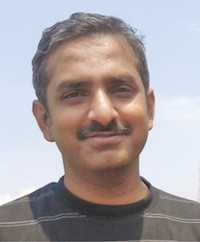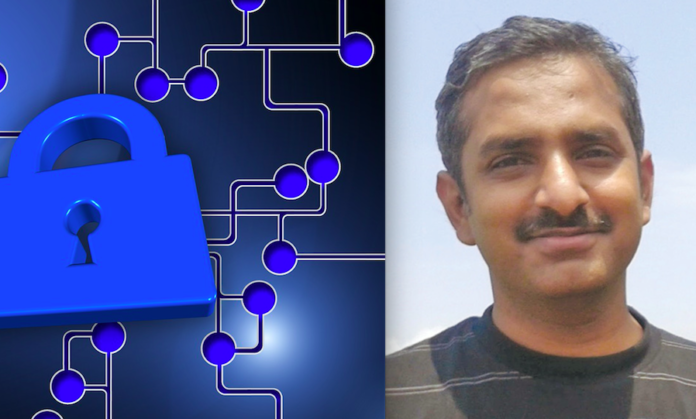The Internet of Things (IoT) has promised several good things for the future. Mohan Kumar Sundar, Director, LyfeNet Solutions, throws light on the technology trends emerging in the world of the IoT, in a conversation with EFY Bureau.

Q. What are the top three technologies shaping the future of the IoT?
A. The list is long but the areas shaping the future of the IoT are:
Connectivity
This is the backbone of the IoT. Optimal range network, low power consumption, support for good device density and bandwidth are ideal.
Today, there are many competing and evolving technologies in the fray, such as NB-IoT/LPWA, LORAWAN, 802.11AH and Bluetooth 5.0. Since no one dominant technology can fulfil all of these, commercial and technical tradeoffs need to be made.
Artificial intelligence (AI) and machine learning (ML)
All data that the IoT generates should help increase productivity and efficiency, and help with real-world decisions. It would be impossible to churn through huge volumes of data manually, to make sense out of it. For that, we need AI and ML.
Platforms
On hardware side, a growing need for platforms comes with processors with higher power yet low power consumption, low footprint, capable of real-time processing, along with infrastructure components like communications, interfaces for data acquisition, security, encryption, firmware updates and so on. This also drives edge computing capabilities.
On software side, platforms providing protocols, middleware, analytics and the like help quicken the pace of development of IoT solutions.
Sensors are also on this list. These are now complex, low-powered, tightly-integrated, miniaturised devices.
Q. Between cellular and NB-IoT/LPWA families of wireless technologies, what are you betting on?
A. In the future, there will be multiple technologies in play, at times working together to provide connectivity.
Having said that, within wide-area connectivity technologies, NB-IoT/LPWA stands a good chance of gaining huge traction, because it would be rolled out to telcos piggy-backing on existing cellular tower infrastructures.
Q. How has the development of standards (or lack thereof) affected adoption of the IoT?
A. The IoT is a combination of myriad blocks of technologies that work like cogs of a wheel. Its adoption is due to the capabilities it brings to table. Standards will follow suit.
Q. How ready is India for developing and deploying IoT solutions?
A. India is in a very strong position with respect to developing solutions. It has a vast pool of engineering talent, which is essential for developing complex hardware/software solutions. It is also a good place to find problems and validate solutions, given its huge size and growing economic activity. Cost of connectivity is relatively lower here as well.
However, India is slow in adopting new technologies, especially from home-grown startups.
Q. Do you foresee India’s tech industry developing its own IP and products/solutions?
A. Yes! In fact, it is already happening. But there are areas where Indian companies are inactive, especially in areas like chip design or radio technologies—the exception being Shakti Processor from IIT Madras.
Q. What is the role of open source in the IoT?
A. Open source falls in multiple categories: industry consortiums, protocols, operating systems, hardware, horizontal/vertical platforms, visualisation dashboards and so on. Not all are full open source collaborations and come with varying degrees of openness. While there is no one single open source end-to-end solution, these provide various key building blocks. And these blocks accelerate the development and deployment of IoT solutions.
Q. What about security for IoT solutions?
A. Security is not getting the attention it should. But it is extremely challenging given not just the complexity of numerous pieces that make up an IoT solution but also the countless ways it can be deployed.
Q. With respect to edge versus cloud, where do you see faster development?
A. The key aspect of the IoT is its ability to collect and push sensor data over a network with very little CPU power.
For time-sensitive applications, latency must be low, and large raw sensor data be generated with near-zero tolerance to connectivity losses. This is where edge comes to play. Edge computing, depending on capability and complexity, can either do the entire processing or first-level processing before processed data is sent out to the cloud for further processing.









